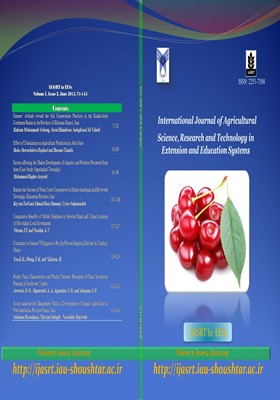Equity of access to primary health services is critical for the most vulnerable and marginalised people in our societies. Despite global efforts to establish universal health care systems, women continue to be among society's most underserved citizens in both poor urban
More
Equity of access to primary health services is critical for the most vulnerable and marginalised people in our societies. Despite global efforts to establish universal health care systems, women continue to be among society's most underserved citizens in both poor urban and rural settings. The main barriers may include economic, geographic, cultural, or institutional factors. Monitoring access inequalities to primary health care services is critical in providing policymakers with an evidence-based solutions more equity-oriented policies, programmes, and practices towards improving long and healthy life for all people in the society. The main purpose of the study was to explore what factors influence women’s access to health services provided through government and civil society health programmes. It also examines the evolution of nutritional programs under government and civil society organizations in Bangladesh to provide insights on their design considerations to inform future design, deliver, and access of health care programmes by women in Bangladesh. Findings indicated that only 50% of rural women had access to health programmes. In addition, young and education women with high exposure to public awareness opportunities had more access health programmes. Further, health programme delivered through government and civil society design and delivery mechanisms reached out to more women. The study concludes that understanding women's circumstances and taking institutional design into account for operational effectiveness are crucial for the design and delivery of health services to rural areas, given these challenges.
Manuscript profile


